Every little action counts!
The sentence remains true to the letter, especially in the campaign to reduce the impact of Climate Change here in Tonga and our neighbouring Pacific Islands.
The action may be good or bad.
The bottomline is every action we take and decision made impacts us either negatively or positively.
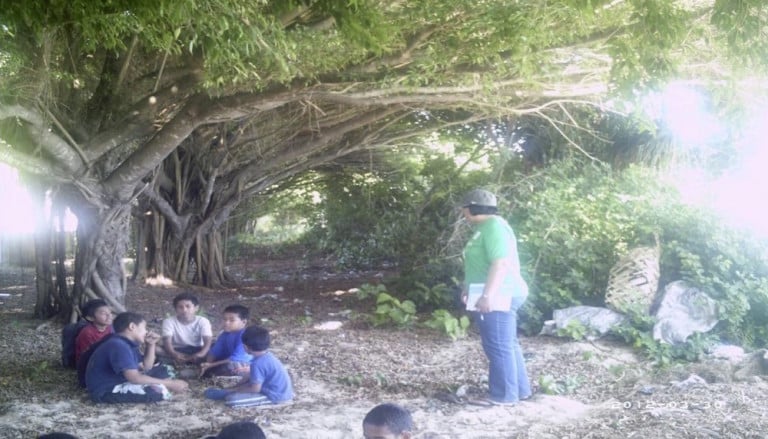
Ha’apai Island is known as the most vulnerable island throughout the Kingdom of Tonga becasue of its isolation, set of low-lying coral islands, it suspectability to inundated sea level rising and also coastal erosion.
The island has been the focus of work done by the Tonga Community Development Trust (TCDT) and stakeholders.
Naaluse Taiala, who has been the program co-ordinator for the Trust, has worked with teachers, students and community members in the program to try and help save the famous Kalevalio Beach in Pangai, Ha’apai and direct the community’s involvement in tree-planting programs on the island.
The Trust implemented the 4CA – Child-Centred Climate Change Adaptation (4CA) program – on the island as a way to help reduce the impact of Climate Change and save the islands.
Ms Naaluse said the program is an innovative approach to climate change adaptation as it fosters the agency of children and youth, in groups and as individuals, to work towards making their lives safer and their communities more resilient to climate change and related disasters
“Children are vulnerable to the long-term impacts of disasters: they may lose family members, drop out of school, lose their homes and/or are forced into the worst forms of child labour, increased vulnerability to poverty abuse and exploitation. Therefore, the consequences for the realization of children’s rights and securing justice for children are profound,” she said.
This project is funded by AISAID through Plan Australia, in partnership with the Foundation for the People of the South Pacific International (FSPI) in Suva, Fiji.
The Trust implemented the program in partnership with the Ministry of Education, National Emergency Management Office and Ministry of Environment and Climate Change, Civil Society Forum Tonga and Ministry of Agriculture.
This project is also a pilot project for six Pacific Island countries, including Papua New Guinea, the Solomons, Tuvalu, Fiji, Kiribati and Tonga.
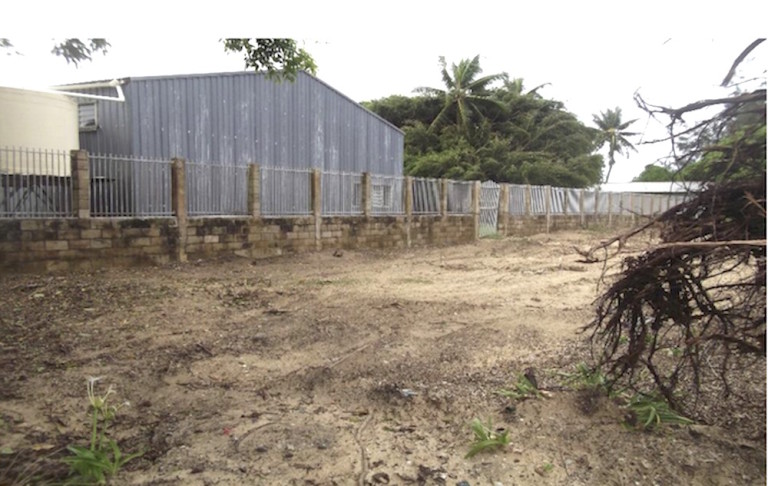
This project started on June 2012 and ended in July 2014 for the first phase and continued from 2014 to 2015 for second phase.
Ms Naaluse said the 4CA program aimed to help build safe and resilient communities in which children and young people contribute to managing and reducing the risks associated with changes in climate and natural disaster.
The program’s key objectives were:
- To increase the awareness and capacity of children, youth and communities of climate change and related disasters, so that they can facilitate child-centred climate change adaptation (4CA processes)
- To develop and implement locally appropriate climate smart solutions that incorporate and demonstrate the 4CA model
- To advocate for the inclusion of good practices and good learning from the 4CA program approach in local, district and/or national government processes.
Schools and communities were selected for the piloting of the 4CA approach.
Ms Naaluse said the selection was based on the sites’ vulnerability to natural disaster and climate change impacts relative to their geographical location.
Sites that were identified in the Lifuka District were:
Primary Schools – GPS Koulo, GPS Pangai, GPS Hihifo—Tongaleleka, Maamafo’ou Primary School
Secondary Schools – Tailulu College, LDS Middle School, Ha’apai High School, St Joseph College
Communities & Youth groups – Koulo, Holopeka, Pangai, Hihifo Tongaleleka.
Survey done
Ms Naaluse said the program carried out an initial survey to determine the knowledge of the children about disaster.
“Since 4CA is focused on children we used children in the age grouping of 9 to 12 year olds, with 20 children selected to start the program,” she said.
“These children were selected with gender balance in mind and were trained to be good leaders and to share the program with the rest of the children in the schools they attended.”
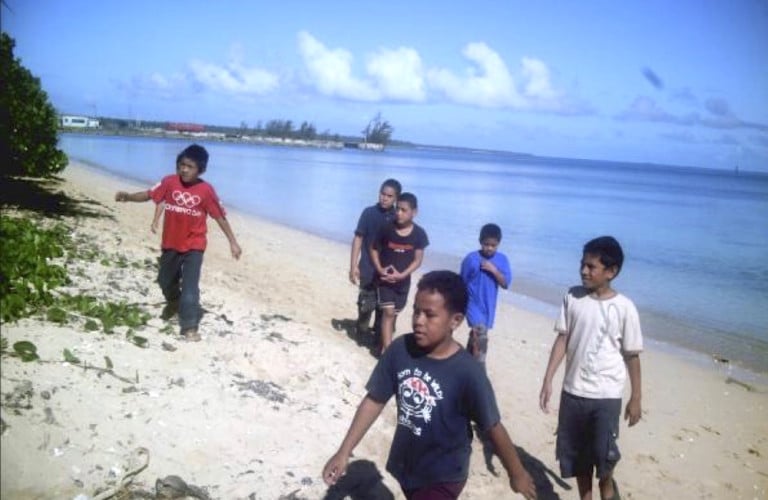
The survey report was written and used as baseline for the program that are designed and used for the children.
Ms Naaluse said a training manual for Tonga was written from the information attained from the Ha’apai training.
“Awareness programs were also done and from that five (5) story books were published as a result of the understanding and a close working relationship with the Ministry of Education and CDU unit in Tonga,” Ms Naaluse said.
“Right now more than 10 schools have been trained under the 4CA program at school in Ha’apai.
“A total of seven (7) communities were also trained, with five (5) in Haapai and two (2) in Tongatapu.
“More than 80 percent (%) of the people of Ha’apai have heard about this program and the impact also include children planting trees along the coastal area and at schools. Seed grant projects are being funded which includes water tanks, vegetable gardens, new sprout for water tanks and tree planting. This work are done through the close working together of the children and the community.”
Kalevalio Beach
The famous Kalevalio Beach was known as the ‘shading area’ for the 4CA Primary Student Activities.
Ms Naaluse said that on an island surrounded by sea, the summer evaporation can be very hot and these shady canopies provided the safe haven for children as a change to the classrooms and a favourite spot during field trips.
The beach was known for its shady canopies and because of its close vicinity to the beach, it was highlighted as the most favourable site for both students and adults Climate Change training and coastal training activities.
This spot also holds a sentimental value for Tonga Community Development Trust because the shady trees were planted by its Executive Director, Sione Fakaosi as part of his first coastal initiative project in Ha’apai when he commenced working for TCDT.
“They have a sentimental value to me personally because I was involved in planting the trees,” Mr Sione Fakaosi said.
“People have made reference to this site as the best place that show what coastal plan can do to compact sea level rising and also mitigate the constant spike in temperature.
“Local fishermen also use this spot as a resting place when waiting for their ride to the outer-island for ‘ama’ or night fishing trips. At times when they are selling their catches, they often use Kalevalio Beach because of its ease of access to the main road as well as to the sea.”
Nature destroyed
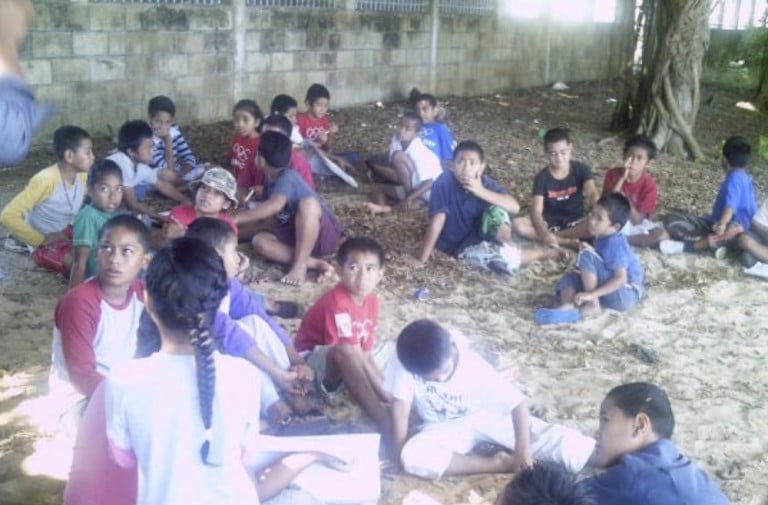
Around October 2012, the then Ha’apai Number 1 People’s Representative to Parliament, Uliti Uata, made an application to develop the Kalevalio Beach as a Depot for his Oil Repository.
It was understood that the application was discussed by the poeple of Lifuka and they did not agree to the idea because it would be too close to the beach .
And it came as a shock to everyone in Ha’apai, especially the people of Lifuka, when they saw the workers destroying this once beautiful landscape.
“These trees took years to grow and have contributed so much to the social life of the people. It has provided various ecological services to the environment as homes to birds and reptiles as well as provide support to living things around the area,” Ms Naaluse said.
There was an outcry from the people.
An intergrated approach was developed by the villagers and communities of Lifuka to compact this barbaric and selfish act by the people in power.
They lobbied government agencies in Tongatapu, namely the Ministry of Environment.
Their District Officer even flew to Tongatapu and personally made and appointment with the Deputy Prime Minister and was advised to submit a petition to the Prime Minister’s Office.
The Uata family finally stopped all works on the site, but not after having destroyed nature and its beauty.
“Unfortunately the rain has resulted in erosion of part of the beachfront,” Ms Naaluse said.
All that is left of this once beautiful place are skeletal trunks of these once beautiful trees, with its roots, now, half way down to the sea having been dragged by sea activities over the past couple of months.
“Sadly the community has lost faith in planting any replacement trees as they have witnessed the real power of ‘careless decision makers’. This is the monument of one single decision which has deprived so many of the luxury that only mother nature could give. It is a sad reminder that we are living as a community and our decison can impact so many,” Ms Naaluse added.
Tree-planting program
But not all is lost on Ha’apai.
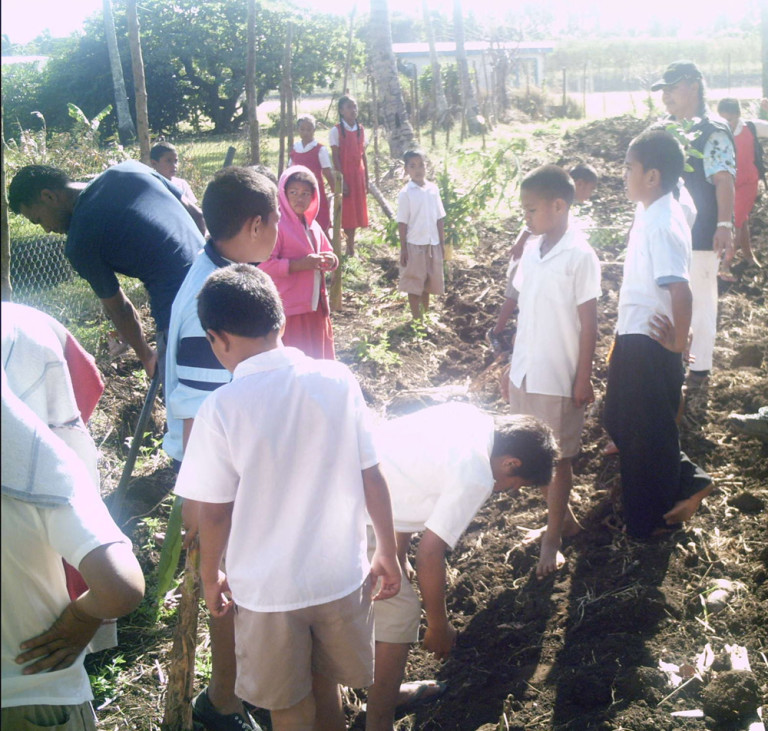
The Trust’s 4CA program has continued to support members of the different communities and school families with seed grants, enabling the re-planting of trees on the island.
Ha’apai Governor Moale Finau said the re-planting program will help ensure that the islands of Ha’apai can withstand nature’s challenges, especially in the face of changing weather patterns and unpredictable climates.
“We appreciate all the help being given to us and we hope that our people can take the lead roles in keeping our environment safe, clean and healthy fore the future generations,” he said.
“Climate Change is a real issue and we need to do what we can to minimise the impact and ensure that our people can still live on the islands.”
Ms Naaluse said their re-planting program includes the planting of vegestable gardens and trees that are deemed to be important on the island.
Tonga Trust Director and well-known local community worker Papiloa Foliaki said it is important that people understand the challenges and what they need to be doing.
“We have to do our part as well as community members,” she said.
“We are using children to reach out to their parents and their fellow students and if they can learn to be responsible at an early age and are able to be vessels of change then we have achieved our goal.
“But we need to keep going, to keep doing this.”
Soane Vili, the 4CA teacher at GPS Pangai, said the program has helped them learn to be responsible and to do something to save their own environment.
“It is a great program and we hope that our students will pass on the knowledge they have learned to their families and friends in the communities they all live in,” he said.
One of the students, Katalina Lavulavu, says she had also asked her mum to have a decompose at her house to help with her own small garden.
“I am happy to be involved and I know that the little I do will help,” she said.
“If everyone does their little bit it will be good for the environment and the people.”
For the people of Ha’apai the reality of Climate Change and its challenges are not too far away from them.
They are just hopeful that the little actions been taken now to “fill the gaps” will help in ensuring that their islands remain the haven they know.


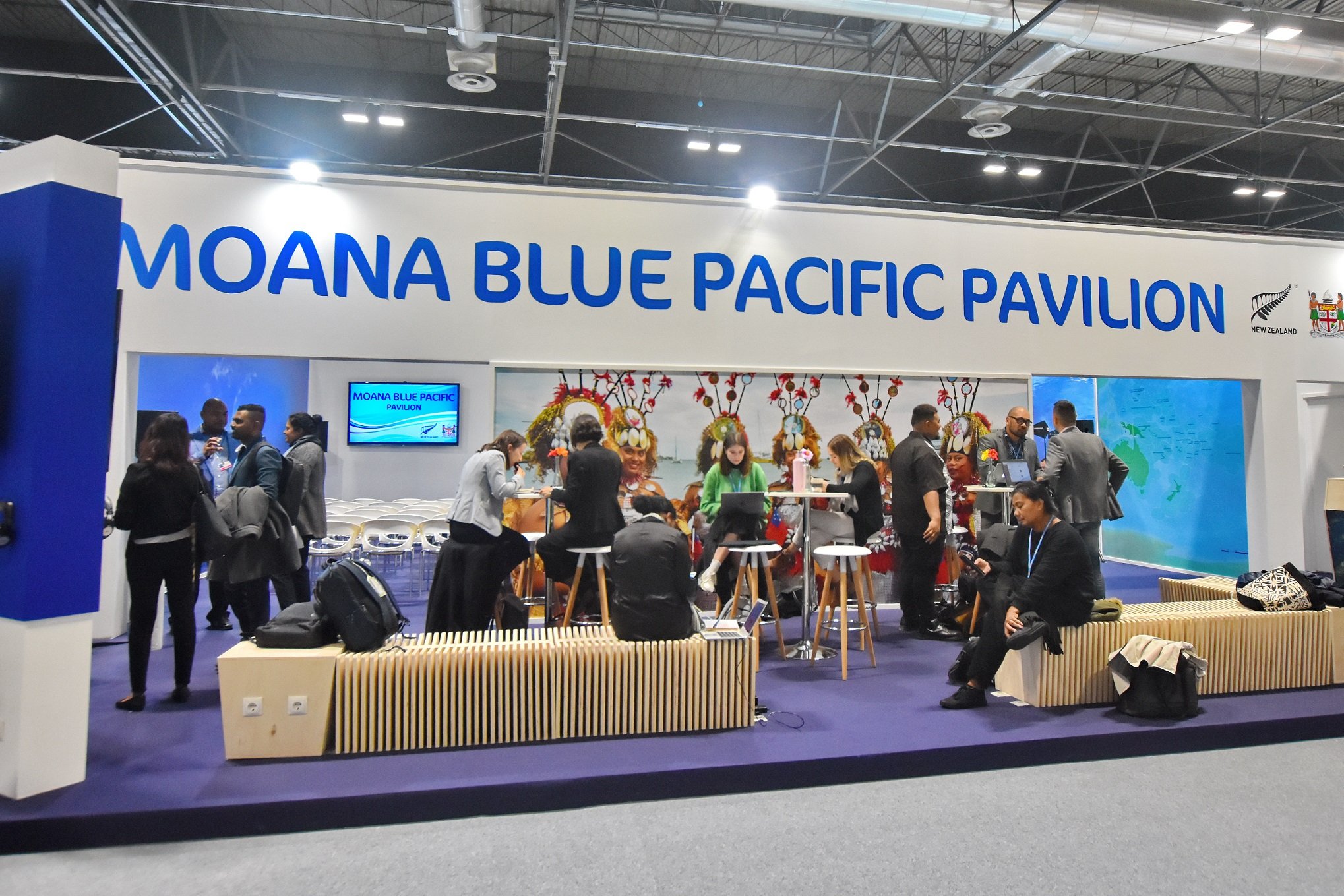
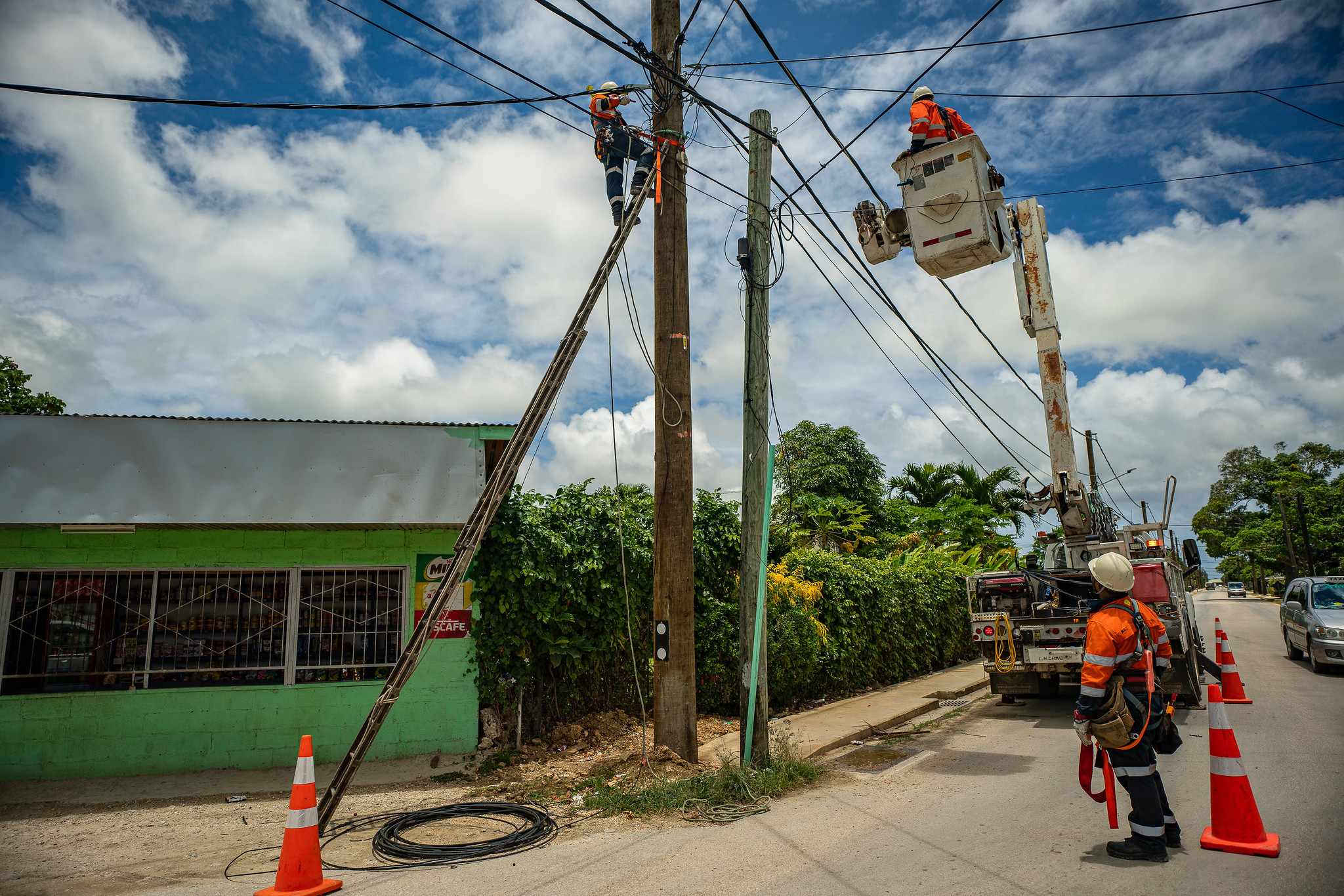
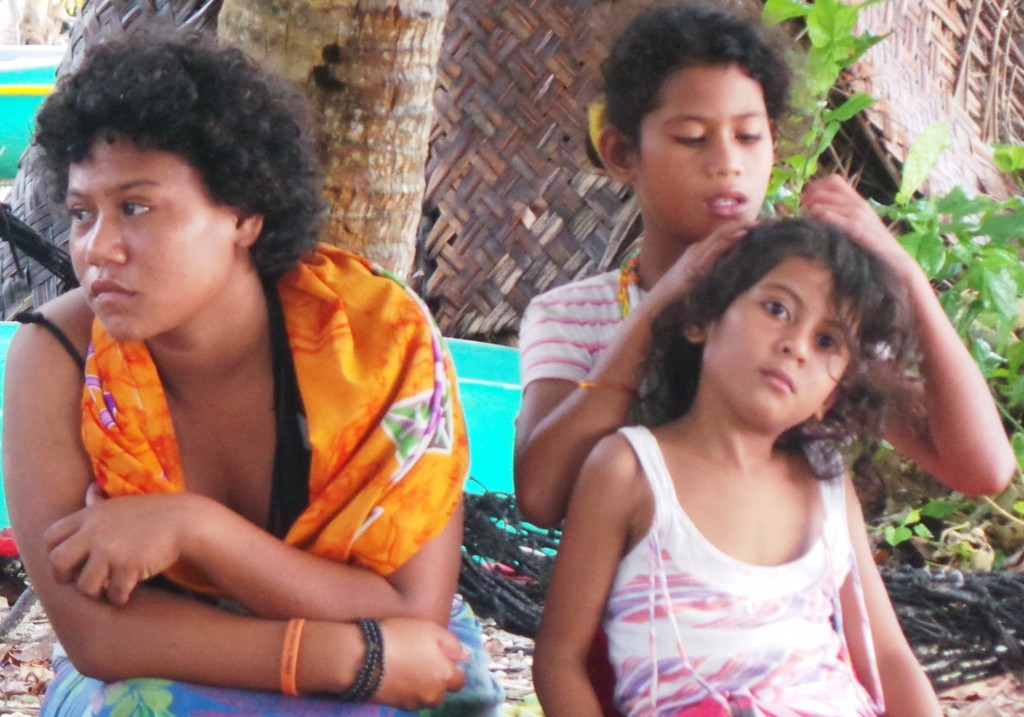
Correction to the third paragraph under the sub heading KaLevalio Beach :
Please note that The Executive Director for TCDT is Sione Fakaosi and he planted the trees, not Paula Mau.
Thanks. We’ve corrected it.